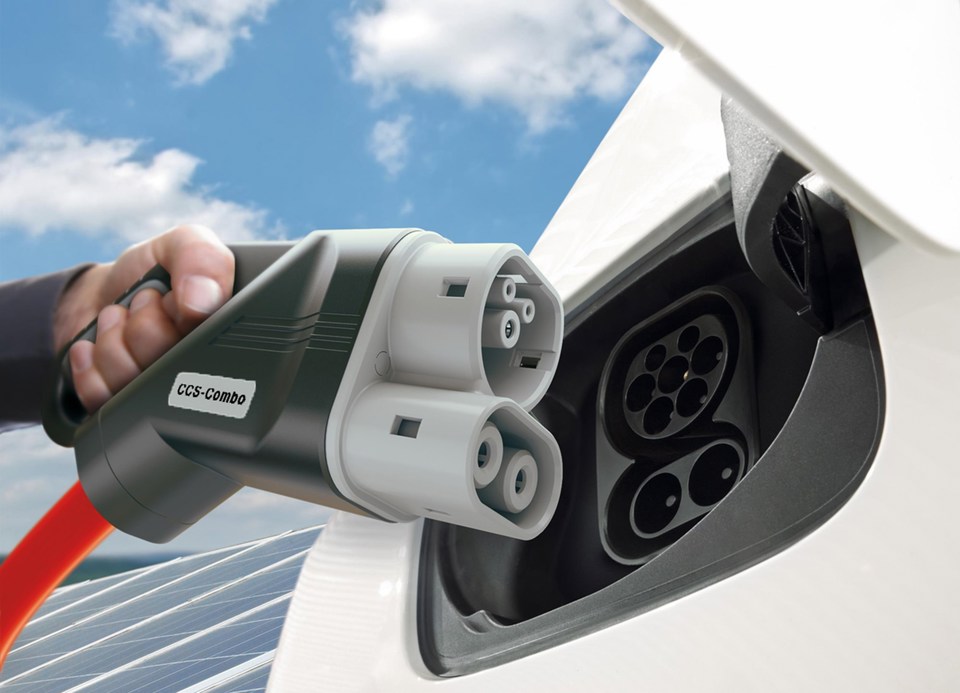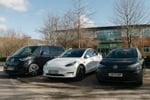Nearly three quarters of car owners (71%) have said they are now considering an electric vehicle (EV) as their next car, up from 25% in September 2017, according to research by Auto Trader.
The Auto Trader Market Report features consumer research conducted with a nationally representative sample of more than 3,000 UK adults aged 18 or over, and also brings in search and pricing data extracted from Auto Trader.
There will be more than 80 new generation vehicles launched this year, of which 31 will be plug-in vehicles.
Half of car owners expect to own their first alternative fuel vehicle within the next three years. The percentage is slightly higher for under 35s at 57%.
However, the traditional barriers to mass adoption remain according to Auto Trader's research.
Of those not considering an EV, 56% said it was due to poor infrastructure, 46% said it was the upfront expense and 29% said it was a lack of understanding about EVs.
Nearly half of current EV owners are primarily driven by the cost of the EV. Of those looking to buy an EV in the next five years this worry about costs only increased, with 58% primarily driven by cheaper running costs and 40% interested in lower upfront costs.
There is still a lot of confusion about costs for an EV with 78% of respondents saying it is difficult to work out the running costs for an EV when compared with a traditional internal combustion engine (ICE).
Ian Plummer, Auto Trader manufacturer and agency director, said: “There’s going to be a considerable ramp up in electric vehicle product.
“Ranges have doubled and you’re now likely to feel confident that you can complete any journey you’re going to need to do the majority of the time.
“However, pricing is still a major hurdle.”
Plummer believes price parity with ICE is essential for EVs to take off.
He said: “If you look at the typical cost of a battery in an EV it’s around £8,000 to produce. Getting hold of the materials to actually build the battery is also a key issue for OEMs.
“An ICE is between £1,500 to £2,000. That cost is generally passed on to the consumer today.
“OEMs make some great looking cars but they don’t necessarily make the pricing and costs easy to understand. The finance solutions for EVs aren’t usually promoted as well.
“As an industry, we need to make it easier to work out the total cost of ownership for EVs.”
 Plummer gave an example of Volkswagen investing in its MEB vehicle platform to bring down the cost of EVs by being able to manufacturer multiple EVs from the same platform.
Plummer gave an example of Volkswagen investing in its MEB vehicle platform to bring down the cost of EVs by being able to manufacturer multiple EVs from the same platform.
It will support compact cars, SUVs, rear-wheel drive and all-wheel drive models, all from the same platform. This will help with economies of scale to reach price parity with ICE equivalents.
Plummer said: “Price parity is the real kick-off point for mass adoption. We think that will start to happen by 2025.
“If that parity is there we think the sale of new EVs will overtake petrol and diesel by 2030. Since sales and the appetite for EVs is growing, the only real problem getting there is uncertainty.
“There needs to be more clarity on cost of ownership from OEMs and a longer term, clearer strategy from Government.”
There is an education role to play and part of that will be making EV cost of ownership clearer on Auto Trader.
Plummer said: “We’re working on this at the moment.
“It would be great if a consumer could see their upfront monthly cost and then add what they’re likely to do in terms of mileage and be able to compare fuel costs and maintenance against ICE models.”

















Login to comment
Comments
No comments have been made yet.